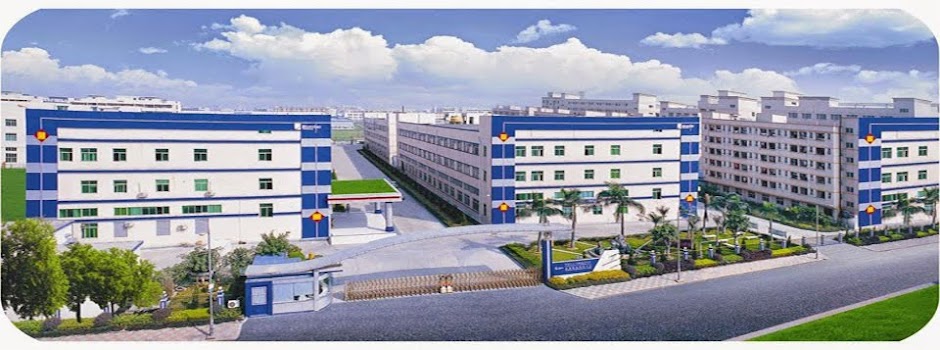1. Explain how to run an experiment that will give you a graph of the material’s apparent viscosity and how and where you’d use this data.
2. Explain the difference between turbulent, laminar and transition flow; and why it is important. (wrong answer: “Do you mean the material or the water?”)
3. Explain the why you should avoid looping water circuits.
4. Explain a machine’s ‘intensification ratio’ - why it is important to know where to find it, what it is and how it should be used in day to day processing of a mold.
5. Explain under what circumstances you’d use an in-line filter, and how to maintain its effectiveness.
6. Explain how you can prove that a multi-cavity tool is balanced. Explain what you’d expect to happen with an unbalanced mold.
7. Explain why continuing to produce parts using a ‘variance’ or ‘deviation’ is wrong and what you should do about it. (Wrong answer: “That’s engineering’s or quality’s problem.”)
8. Explain the procedure for reducing setup times in large machines (850 Tons+) to one hour or less or in smaller machines to a half hour of less.
9. Explain which has a larger orifice and why: the nozzle or the sprue bushing.
10. If your sprue was longer than 5” and your budget was less than a thousand dollars, explain what you could do to shorten the cycle time.
11. Explain how you know the material is dry enough to process (minimum time and temperatures)
12. Explain the six general causes of scrap (or places to look when troubleshooting).
13. Explain, in general terms, what effect an optimized process has on the company’s bottom line. (Wrong answer: “More parts per hour at a lower unit price”).
14. Explain the consequences of ‘acceptable scrap’ or running on less than 100% cavitation.
15. Explain the reasons for investing all your technical expertise in the qualification run before going into production.
16. Explain the generic definition of an “acceptable” part. (Wrong answer: “The customer accepts it”)
17. Explain when running a hot runner mold, what the consequences are for turning off a zone
to block a ‘bad’ cavity. (Correct but unacceptable explanation: “We have to run more parts because of the smaller cavitation.”)
18. Explain why if you loop the waterlines; what ones should be looped and what circuits shouldn’t.
19. When setting (profiling) the heats on the barrel explain (1) the two determining factors that
will determine an ascending, descending, flat or hump profiles, And (2) what a heat profile will do.
20. Explain why, when using an optimized process, the only purpose for inspecting parts. (Wrong answer: “We inspect to assure the part meets the customer’s specifications.”)
2. Explain the difference between turbulent, laminar and transition flow; and why it is important. (wrong answer: “Do you mean the material or the water?”)
3. Explain the why you should avoid looping water circuits.
4. Explain a machine’s ‘intensification ratio’ - why it is important to know where to find it, what it is and how it should be used in day to day processing of a mold.
5. Explain under what circumstances you’d use an in-line filter, and how to maintain its effectiveness.
6. Explain how you can prove that a multi-cavity tool is balanced. Explain what you’d expect to happen with an unbalanced mold.
7. Explain why continuing to produce parts using a ‘variance’ or ‘deviation’ is wrong and what you should do about it. (Wrong answer: “That’s engineering’s or quality’s problem.”)
8. Explain the procedure for reducing setup times in large machines (850 Tons+) to one hour or less or in smaller machines to a half hour of less.
9. Explain which has a larger orifice and why: the nozzle or the sprue bushing.
10. If your sprue was longer than 5” and your budget was less than a thousand dollars, explain what you could do to shorten the cycle time.
11. Explain how you know the material is dry enough to process (minimum time and temperatures)
12. Explain the six general causes of scrap (or places to look when troubleshooting).
13. Explain, in general terms, what effect an optimized process has on the company’s bottom line. (Wrong answer: “More parts per hour at a lower unit price”).
14. Explain the consequences of ‘acceptable scrap’ or running on less than 100% cavitation.
15. Explain the reasons for investing all your technical expertise in the qualification run before going into production.
16. Explain the generic definition of an “acceptable” part. (Wrong answer: “The customer accepts it”)
17. Explain when running a hot runner mold, what the consequences are for turning off a zone
to block a ‘bad’ cavity. (Correct but unacceptable explanation: “We have to run more parts because of the smaller cavitation.”)
18. Explain why if you loop the waterlines; what ones should be looped and what circuits shouldn’t.
19. When setting (profiling) the heats on the barrel explain (1) the two determining factors that
will determine an ascending, descending, flat or hump profiles, And (2) what a heat profile will do.
20. Explain why, when using an optimized process, the only purpose for inspecting parts. (Wrong answer: “We inspect to assure the part meets the customer’s specifications.”)
(Source: wjtassociates.com)

No comments:
Post a Comment